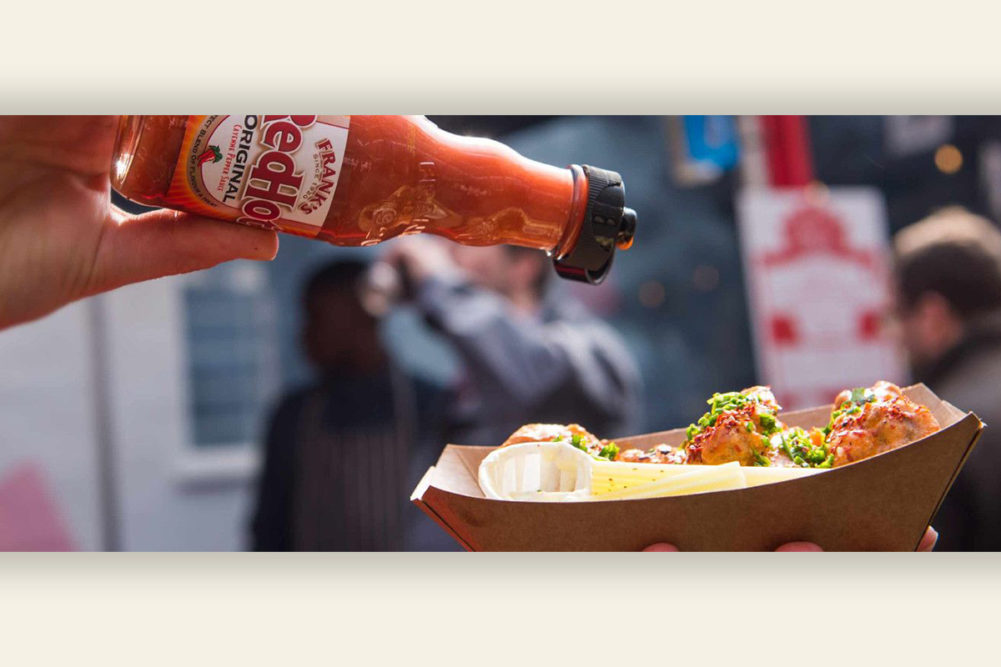HUNT VALLEY, MD. — Supply chain challenges are lessening for McCormick & Co. in the current fiscal year but not so inflation.
“Supply chain continues to get better,” said Lawrence E. Kurzius, president and chief executive officer, in a March 29 earnings call. “It's not perfect as some of our customers will remind us, but the disruptions that we are seeing are much more discrete and specific rather than in the third quarter of last year (when) it seemed like everything was a problem.”
Russia invading Ukraine has had little effect on the company’s supply chain.
“We source mustard from that part of the world, but we have secondary sourcing capabilities there, which we've moved to,” said Michael R. Smith, chief financial officer. “So I think our global supply chain, one of the strengths we have is it's deep and has a long history, and there's alternative markets for a lot of our materials.”
Hunt Valley-based McCormick & Co. in the first quarter ended Feb. 28 had net income of $154.9 million, or 58¢ per share on the common stock, which was down 4.3% from $161.8 million, or 61¢ per share, in the previous year’s first quarter. Sales rose 3% to $1.52 billion from $1.48 billion in the previous year’s first quarter. One month of incremental sales from FONA, acquired in December of 2020, contributed 1% to the quarterly sales increase.
In the company’s Consumer segment, sales declined 2% to $926.1 million from $946.8 million from the previous year’s first quarter when sales increased 35%.
“Given the difficult year-over-year comparison, volume declines were reflected in each region,” Mr. Kurzius said. “On a two-year basis, however, compared to the first quarter of 2020, each region grew sales by double digits.”
In the Americas region, Consumer segment sales increased 2% behind strength in the brands McCormick, Zatarain’s, Stubb’s, Old Bay, Simply Asia, Frank’s RedHot and French’s, Mr. Smith said. A decline in private label partially offset the growth in brands.
“We have not yet seen significant movement in private label as a trend in either direction,” Mr. Kurzius said. “Some of the recent market data shows some increase, but it's really slight in our categories. There's a dynamic you have to watch out for in private label. The costs are going up for everybody, and it's driven by raw material, packaging and transportation, and the same penny cost increase that's impacting brand is also impacting private label.”
In the company’s Flavor Solutions segment in the quarter, sales increased 12% to $596.3 million from $534.7 million.
“In our Flavor Solutions segment, we plan to continue migrating our portfolio to more value-added products and technically insulated products, particularly our flavors product category,” Mr. Kurzius said.” We're targeting opportunities to grow with our customers in attractive, high-growth end markets such as alcoholic beverages, savory snacks and performance nutrition.”
Higher inflation and distribution costs unfavorably impacted both segments. Mr. Kurzius said the company’s cost inflation guidance this year in percentages is in the middle to high teens.
“To partially offset rising costs, we raised prices where appropriate late last year (and) are currently facing additional pricing actions,” Mr. Kurzius said. “And as costs have continued to accelerate, we will raise prices again this year where appropriate.”





